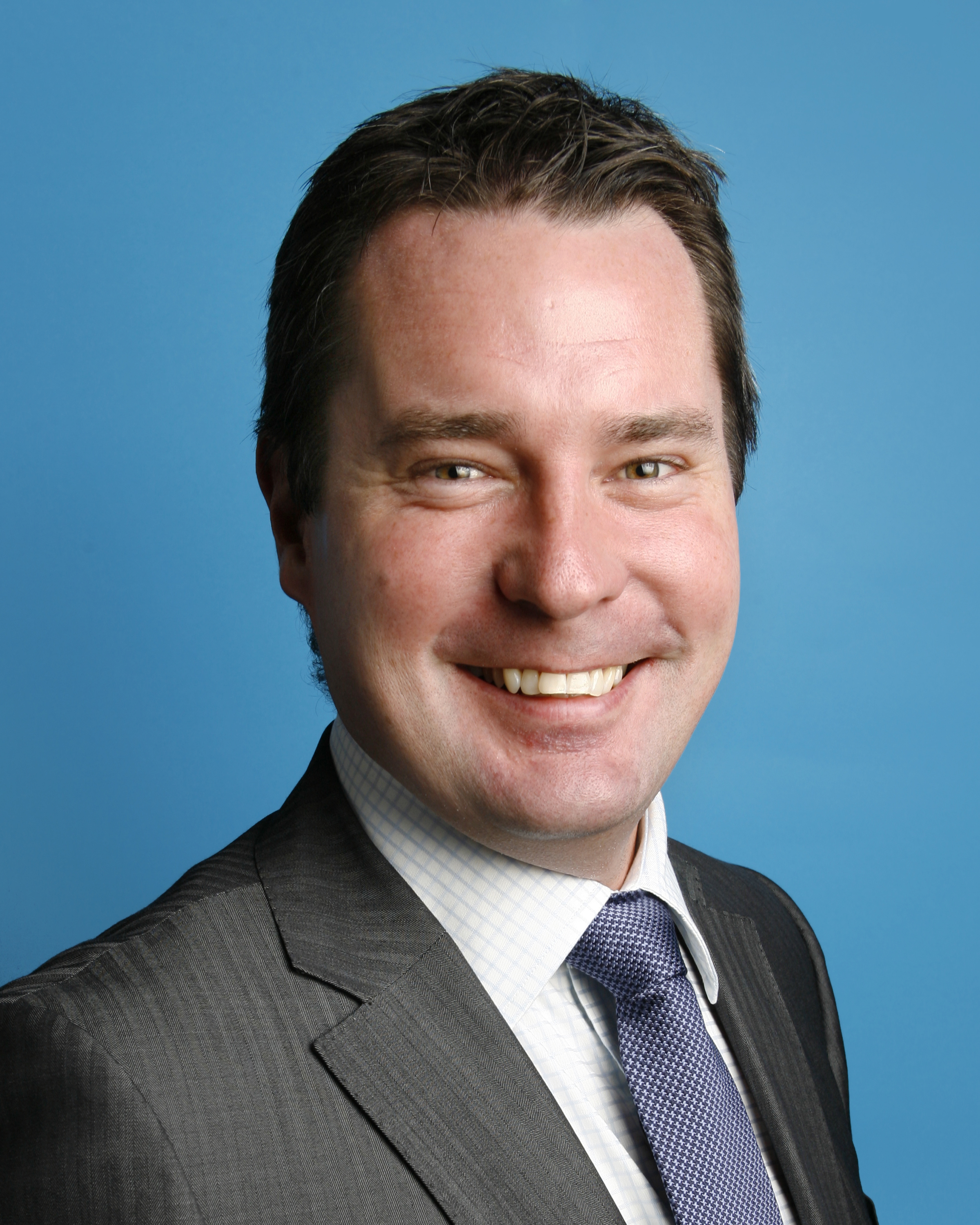Economists divided over what peak RBA will reach and when

Economists are widely anticipating a 25-basis point rise in the official cash rate when the Reserve Bank of Australia board meets on Tuesday to make its first call on rates in 2023.
But the jury is out on where the OCR, currently sitting at 3.10%, will peak in the current hiking cycle. While big four banks NAB, Westpac, ANZ and CBA expect the wholesale cash rate to remain in the 3% range, Deutsche Bank is forecasting it to peak above 4%.
Economists are also divided on whether the first rate cut will occur early or late this year – or late late in 2024.
Eight consecutive rises in 2022 from May to December have eroded borrowing power and stretched household budgets as rises trickle through to repayments. A refinancing wave has ensued, as brokers help clients wear the increase in repayments, along with a higher cost of living.
NAB chief economist Alan Oster (pictured above centre) told MPA the bank’s view was that the RBA would slot in a further two 25-basis point rises in March and April, taking the cash rate to 3.60%, at which point it would then pause until 2024.
Annual CPI inflation reached 7.8% in the December quarter, sitting well above the RBA’s 2% to 3% target range and just under its peak forecast for 2022 of 8%. As the numbers show, Oster said those figures meant inflation is still running too high, and a small amount of further tightening is required.
“It’s a fine balance between take a bit more out, [without] crashing the economy … we see the peak rate as having been reached in quarter four,” Oster said. “We think by 2024, they will be cutting with growth slowing to almost nothing in the second half of the year.”
In the wake of the December 2022 inflation figures, Westpac Business Bank senior economist Besa Deda (pictured above left) said the bank remained comfortable with its view of a 25-basis point rise in February.
Westpac is forecasting interest rates to peak near the middle of this year at 3.85%, which includes a third 25-basis point rate rise in May.
Deda said she expected the eight rate rises between May and December last year to have a deeper impact this year, noting the time lag between an OCR increase, and when borrowers feel the pinch.
That includes fixed rate borrowers, with the widely anticipated ‘fixed rate cliff’ set to play a significant role for brokers and their clients particularly from the middle of the year.
“The RBA should be nearing a peak for the cash rate and this peak will likely sit at 3.85% but could sit lower at 3.60%,” Deda said. “However, inflation remains elevated and was higher than the central bank anticipated in underlying terms for quarter four last year.”
Although the official annual inflation figure for December was 7.8%, in underlying terms, Deda noted that inflation was above the RBA’s forecasts. The latest data suggested inflation pressures had expanded, particularly services inflation, while the jobs market remained “incredibly tight”, she said.
Westpac expected that inflation peaked in the December quarter, but she also said there was a risk that the peak could materialise in the first quarter of this year.
“[Against] this sort of backdrop there is a risk that inflation expectations become de-anchored … the RBA cannot stop hiking yet – it would be too soon,” Deda said.
ANZ’s official cash rate forecast matches that of NAB: 25-basis point hikes in February and March (to 3.60%), followed by a pause in April. The bank expects the first cash rate cut to occur in late 2024.
ANZ senior economist Adelaide Timbrell (pictured above right) said strong inflation necessitated further rate hikes. A period of rates in “restrictive territory” is likely to be required to reduce spending, and prices, she said.
“Restrictive territory means when rates are high enough that they encourage more saving and discourage spending,” Timbrell said. “Because interest rates were so low at the start of the cycle, the cash rate was still low enough to encourage people to borrow and spend, rather than save money, after the first few hikes.”
In an Economic Insights report released on January 20, CBA head of Australian Economics Gareth Aird said the bank’s base case for the official cash rate was for one further 25-basis point rate hike in February, taking it to 3.35%.
Aird noted that the RBA may opt to pause in February and increase the cash rate in March instead, after the quarter four Wage Price Index figures are released.
“We continue to expect rate cuts in late 2023 and have pencilled in 50-basis points of easing in quarter 4, 2023,” Aird said in the release. “RBA policy easing is expected to continue in 2024 and we anticipate a further 50-basis points of rate cuts in H124."
Deutsche Bank expects rate to peak above 4%
Deutsche Bank’s chief economist for Australia, Phil O’Donaghoe (pictured immediately below), is going against the grain of the big four bank forecasts.
In an economic update released on January 30, O’Donaghoe said while the RBA was expected to move more slowly this year than in 2022, Deutsche Bank now anticipated a further four rate hikes in 2023: 25-basis points in February and March, and a further 25-basis points in May and August.
A stronger-than-expected CPI in quarter four, and an apparent resilience in household spending over the Christmas/New Year period meant the bank no longer thought a 3.35% terminal rate would be sufficient to bring Australian inflation back to the target range, he said.
“That brings us to a revised terminal rate of 4.1%, 75-basis points higher than our previously [forecast] terminal rate of 3.35% at the February meeting,” O’Donaghoe said.
Irrespective of the level at which the official cash rate peaks this cycle, the RBA has confirmed that 800,000 households are on the brink of a major mortgage repayment shock as they roll off lower fixed rate loans to higher variable rates this year.
RBA head of economic analysis Marion Kohler spoke to the federal government’s Senate Select Committee on the cost of living on February 1. The Australian reported that the RBA estimated around $350bn of loans would roll off cheaper fixed rates to substantially higher variable rates.
Although the exact number of impacted borrowers was difficult to estimate, a “very rough back of the envelope” calculation put the number of loan facilities rolling off fixed rates in 2023 “in the high 800,000s”, The Australian said.
The RBA will release its first official cash rate decision of the year on Tuesday, February 7.
How many rate rises do you expect this year and how are borrowers faring? Share your thoughts in the comments section below.




